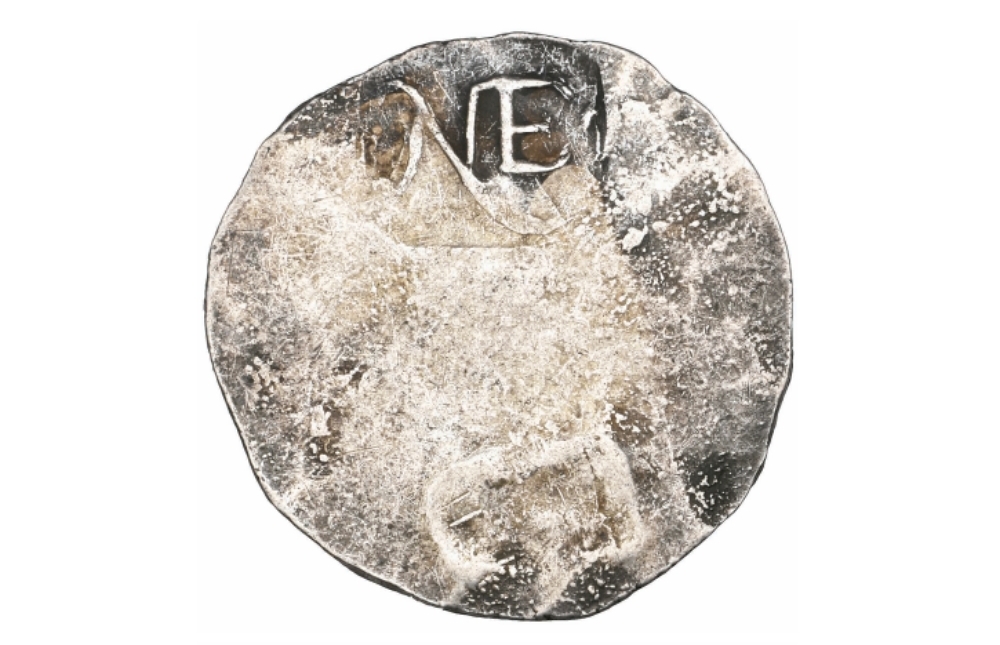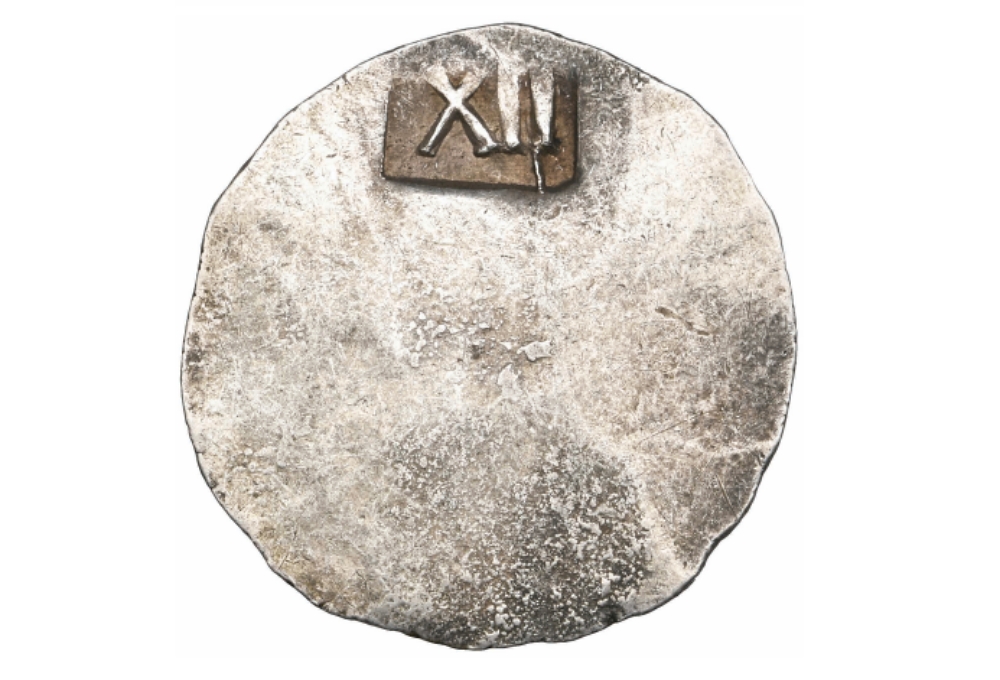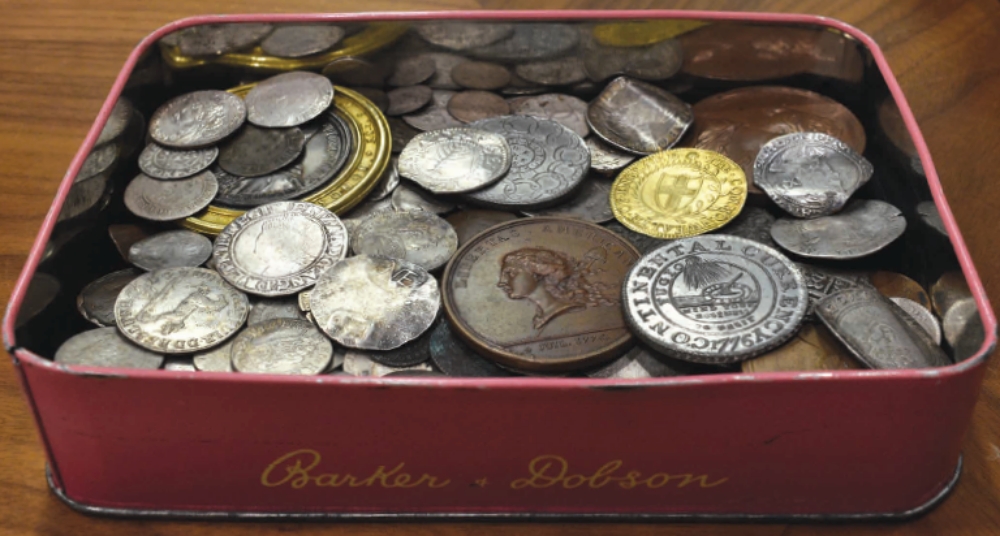Recently a coin was auctioned off that has special significance to those who follow history. The coin was minted in the American Colonies in 1652- something which was illegal at the time. The British government did not allow currency to be minted in the colonies and this particular coin was only authorized by the Massachusetts General Court- not the higher ups in England. The coin was worth one shilling and was minted by John Hull, Treasurer and mintmaster of the Massachusetts Bay Colony.

The coin featured “NE” for New England on one side and the Roman numeral “XII” to denote its value as being 12 pence. Under the British system of currency 12 pence was worth one shilling and 20 shillings equaled a pound. This confusing system was made more laborious by the fact that only paper money was officially being circulated in the American colonies at the time. This led to the use of Spanish coins like pieces of eight and the illegal minting of coins.
Prior to the minting of this New England shilling the economy of New England was largely based on bartering since currency was so hard to come by. The policies of the British government at the time ensured that lucrative cotton, tobacco, rice, indigo, and sugar were exported back to Europe while leaving little in the way of useable cash for the colonists.
Hull minted coins for the next thirty years, but according to the the Metropolitan Museum of Art many of his coins bore the date of 1652 regardless of the year they were struck.

This particular coin is one of only 40 New England shillings of its age known to exist. And, of all places it was found in a candy tin! The British auction house which sold the coin, Morton & Eden, note that the coin was found in Barker Dobson candy tin that was owned by the Honorable Wentworth Beaumont, who had an ancestor in the colonies.
William Wentworth was a 17th century colonist who is believed to have lived in what is now Massachusetts and New Hampshire. Due to the other coins of the same age in the tin and passed down through the Wentworth family it is thought that William Wentworth acquired the coins when they were new. It is unknown when the tin, which contained many coins and some medals, made its way to England. But, the box was discovered at the family estate of Bywell Hall in Tyne Valley, Northumberland.

The pre-auction estimate for the coin was £150,000-£200,000 ($198,783-$265,032) and the New England shilling sold on November 26th, 2021, for $351,912 to an anonymous American buyer. James Morton, coin specialist, said in a statement that, “The price paid … reflects its extraordinary historic significance and outstanding original state of preservation. The fact that it was previously completely unknown, together with its distinguished provenance, simply added to its appeal.”
SKM: below-content placeholderWhizzco for DOT

